I’m going to kick things off by talking about what makes your skin look like it’s bursting with vitality – hydration. Plump, dewy skin isn’t just a sign of youth; it’s a reflection of proper skincare and health.
Keeping your skin hydrated is essential because it helps to maintain its elasticity, enables it to fend off irritants, and gives it that beautiful, lush appearance.
Humectants: How they Work to Boost Moisture

So, how do you lock in that essential moisture? It’s all about hitting the right balance of skincare ingredients – and that’s where humectants enter the picture.
These moisture warriors work by drawing water from the dermis up into the epidermis, or top layer of your skin.
A plump, moisturized epidermis equals happy skin cells and a smoother appearance.
The Best Humectants for Your Skin Type and Climate
Now, let’s dive into some of the humectants you might find listed on your favorite skincare products.
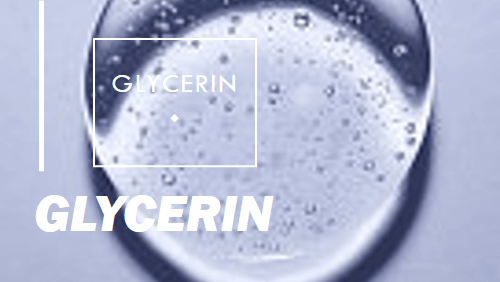
Glycerin: Glycerin is a go-to; it’s like a magnet for moisture, keeping the skin hydrated under a wide range of conditions. On the flip side, in extreme heat and humidity, glycerin can become a less stable ally.
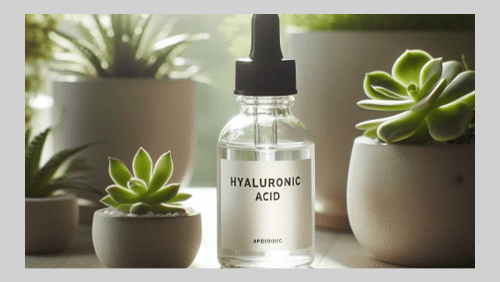
Hyaluronic acid: Then there’s hyaluronic acid – it’s pretty famous these days for its powerful hydrating properties, but in arid climates, it might actually pull too much moisture out of the skin, tipping the scales toward dryness.
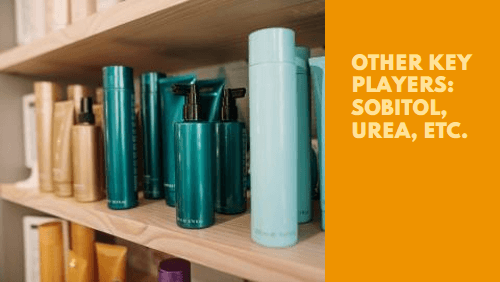
Other key players: These include sorbitol, which boasts both humectant and antibacterial properties, urea, an exfoliant that doubles as a hydrant, and alpha-hydroxy acids, known for their ability to rejuvenate skin – but with the caveat that increased sun sensitivity can be an issue, particularly for the fair-skinned among us.
Choosing a humectant isn’t just about efficacy; it’s about considering your environment, skin type, and overall skin health. These variables can greatly affect how these ingredients work for you. And remember, what works wonders for one person might not get the same results for others – it’s a highly personalized process.
How to Combine Humectants with Other Skincare Ingredients
In my opinion, the true art of skincare is crafting a routine that caters to your unique needs.
As we move forward, you’re going to find out about occlusives and emollients, which work hand-in-hand with humectants to seal in moisture and keep your skin looking as plump and smooth as a well-watered garden.
This isn’t just about adding layers; it’s about creating synergy between hydrators and barriers for the best possible outcome. It’s also good to be aware that not all ingredients mix well together.
Creating an Impervious Moisture Barrier: The Role of Occlusives and Emollients
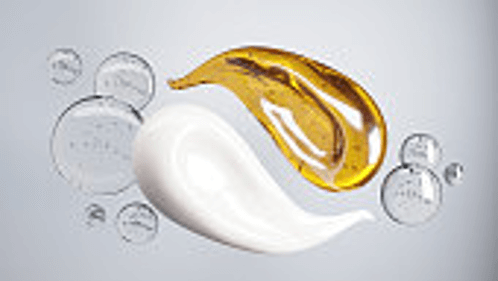
You’re probably familiar with that satisfying feeling of slathering on a good moisturizer and immediately feeling your skin transform from a parched desert to an oasis of softness.
But how does that happen?
Well, that’s where the unsung heroes of the skincare world come into play: occlusives and emollients.
Occlusives: The Bodyguards of Your Skin
Occlusives are like your skin’s personal bodyguards. They form a protective layer on the surface of your skin.
This isn’t just about trapping water; it’s also about staving off the harmful effects of the environment.
You might have heard of a few, like petroleum jelly, lanolin, and various silicone derivatives.
Each does the job, but not without its quirks. For instance, petroleum jelly is a tried-and-true option for many, but its greasiness can be a turn-off. On the other hand, lanolin is quite effective but might hit your wallet harder and irritate some skin types.
Emollients: The Therapists of Your Skin
Now, if occlusives are the bodyguards, emollients are the therapists that smooth over the rough patches, quite literally. They’re the ones that make your skin feel soft and supple by filling in the gaps between skin flakes in the stratum corneum. It’s why when you rub in a cream rich in emollients, your skin feels smoother.
But watch out!
Not all emollients are equal. Some, like isopropyl palmitate, might make your skin feel amazing but could lead to clogged pores or breakouts, especially if you’re acne-prone.
Balancing Occlusives and Emollients for Your Skin Type
In my opinion, one of the most strategic moves you can make for your skincare routine is to balance these two types of ingredients.
You’ll want to choose something that resonates with you and your skin’s needs.
For oily or acne-prone skin, selecting non-comedogenic emollients and lighter occlusives can provide moisture without contributing to further breakouts.
Those with drier skin might lean into richer options that pack a more substantial hydration punch.
In the following section, we’re going to build on this foundation and layer in another crucial element, antioxidants, tying in how they work with humectants, occlusives, and emollients to create skincare harmony. Don’t worry too much about making the perfect choice off the bat; you can always adjust your approach down the road.
Synergistic Skincare: The Ultimate Blend of Ingredients for Optimal Skin Health
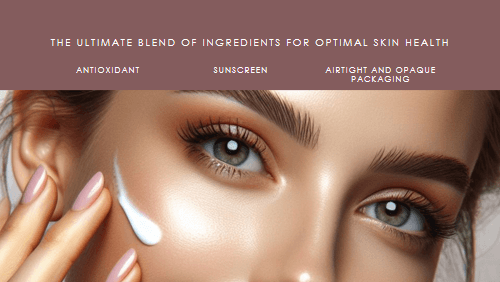
I’m here to help you navigate the complex world of skincare ingredients. After exploring the individual roles of humectants, occlusives, and emollients, it’s crystal clear that achieving plump, lush skin isn’t about choosing a single magical ingredient. It’s about finding the right mix that complements your skin’s unique needs.
Antioxidants: The Superstars of Skincare
Topical antioxidants like vitamin E and vitamin C are fantastic, but they can be double-edged swords if you don’t consider factors such as skin type and whether you’re prone to acne.
This highlights the fact that personalization is crucial when picking out skincare products. A combination of antioxidants, skin-replenishing ingredients, emollients, and, yes, sunscreen, can help shield and nurture your skin.
Sunscreen: The Essential Shield for Your Skin
But remember, even sunscreen requires careful selection to ensure broad-spectrum protection without compromising skin hydration.
Choose something that resonates with you, knowing that your first attempt at a skincare regimen won’t need to be your last. You can always adjust your approach down the road, as your skin or the seasons change.
Packaging: The Hidden Factor that Affects Skincare Efficacy
Watch out for packaging as well – the best ingredients will lose their efficacy if not stored properly, so aim for air-tight and opaque containers wherever possible.
I really hope that this breakdown demystifies skincare for you and empowers you to make informed choices about your skin health.
Consult a Dermatologist for Personalized Advice

Consult a dermatologist if you’re unsure where to start or if you have particular skin conditions such as acne, psoriasis, or eczema. They can provide personalized advice that takes into account the entirety of your skin’s profile.
Share Your Skincare Journey with Me
Your skincare journey is a continuous one, and I’m here to support you along the way. Share your questions and experiences in the comments, and let’s get closer to that dream of perfect, plump skin together.

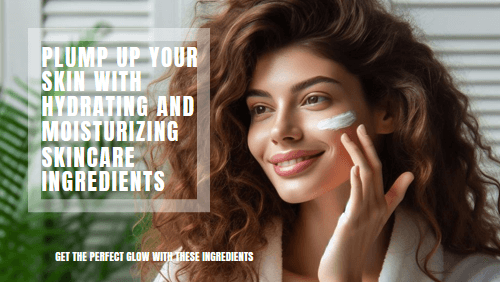
Hey Martin! You provide an insightful exploration into the world of skincare, emphasizing the importance of hydration and showcasing the roles of humectants, occlusives, and emollients. Your article not only educates on these skincare ingredients but also guides readers on balancing them according to their skin type. The addition of antioxidants and sunscreen as essential components contributes to a comprehensive understanding of optimal skin health. Your approachable style and practical tips make this a valuable resource for anyone navigating the complexities of skincare. Thank you for sharing!
Hi Ela,
Thank you for your kind words and thoughtful feedback! I’m glad you found this article informative and helpful. It’s always a pleasure to share my knowledge and passion for skin health with others.
Also, I appreciate you taking the time to read and comment on my post. Your support means a lot to me. I hope you continue to enjoy and benefit from my content.
Cheers!
Martins